Blog

While many herbs are tonics that build the body, others are essential for ensuring everything flows smoothly. The humble Radish , particularly its root and seeds, known in Traditional Chinese Medicine (TCM) as Luo Bo (萝卜) or Lai Fu Zi (莱菔子) for the seeds, is a prime example of a food-herb focused on regulating stagnation. As a dietitian, I frequently recommend incorporating this root for its exceptional ability to resolve food stagnation , aid digestion, and ensure metabolic efficiency.

While many herbs are used to cool and calm the body, some are prized for their warming, stimulating properties that restore energy and vitality—especially in the colder months or for conditions of internal coldness. Chinese Chives , known in Traditional Chinese Medicine (TCM) as Jiu Cai (韭菜) , are one such potent food-herb. As a functional medicine practitioner, I often highlight this herb for its deep warming action, digestive support, and ability to boost systemic vitality.
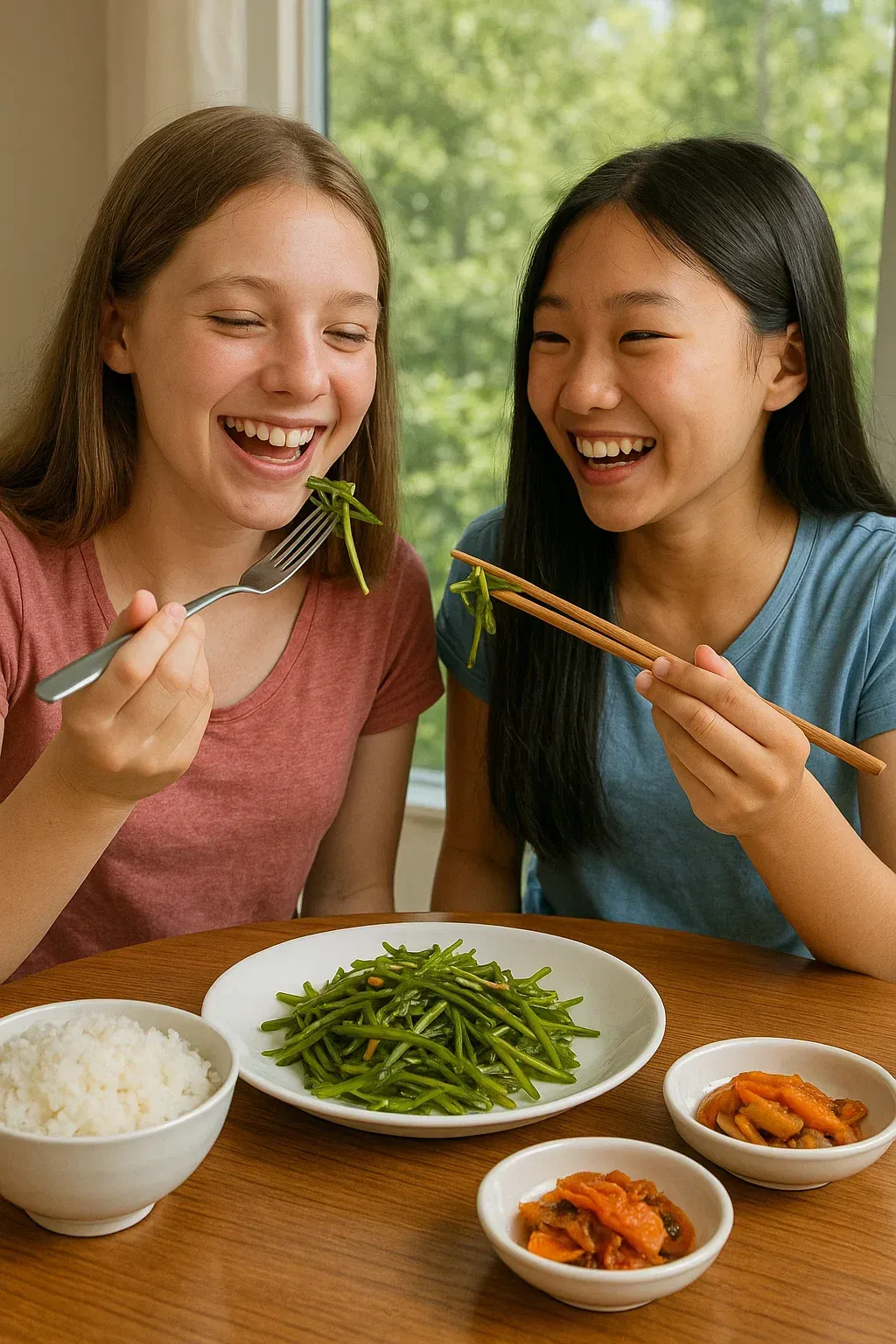
In Traditional Chinese Medicine (TCM), the most potent remedies are often found in seasonal greens that clear the stagnant energy of winter. Water Dropwort, known commonly as Minari in Korea or Shui Qin (水芹) in TCM, is a highly valued, leafy herb that embodies freshness, cooling, and swift action. As a nutritionist focusing on detoxification and hydration, I recognize this herb as an excellent seasonal food-medicine for clearing internal heat and promoting liver health.
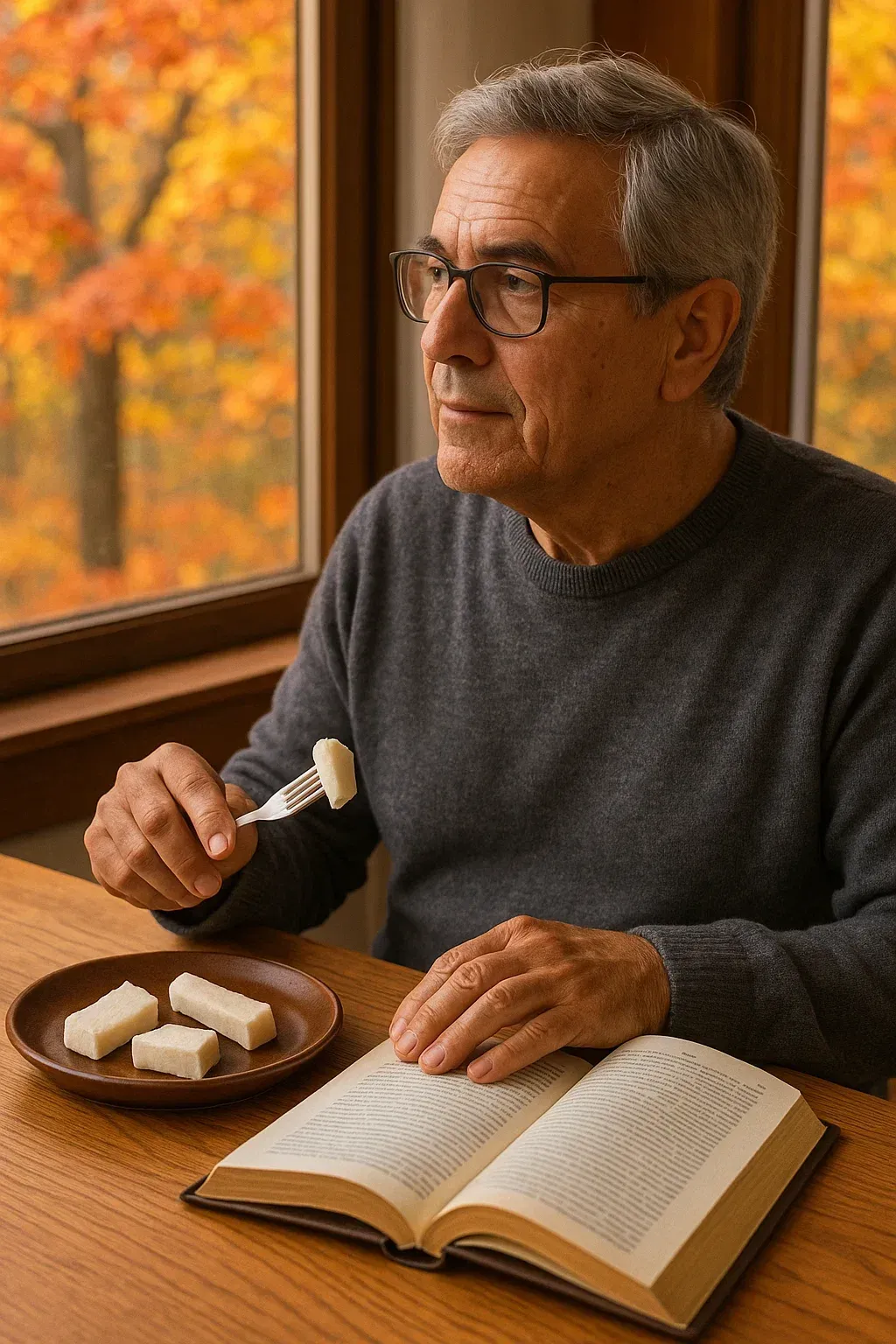
In the pantheon of traditional food-herbs, few ingredients are as highly regarded for their foundational nourishing power as the Chinese Yam , known in Traditional Chinese Medicine (TCM) as Shan Yao (山药) . It is revered not for its dramatic, fast-acting effects, but for its gentle, long-term ability to build and stabilize the body's core systems. As a wellness expert, I recognize Shan Yao as an accessible and essential ingredient for supporting sustained energy, digestive harmony, and overall resilience.
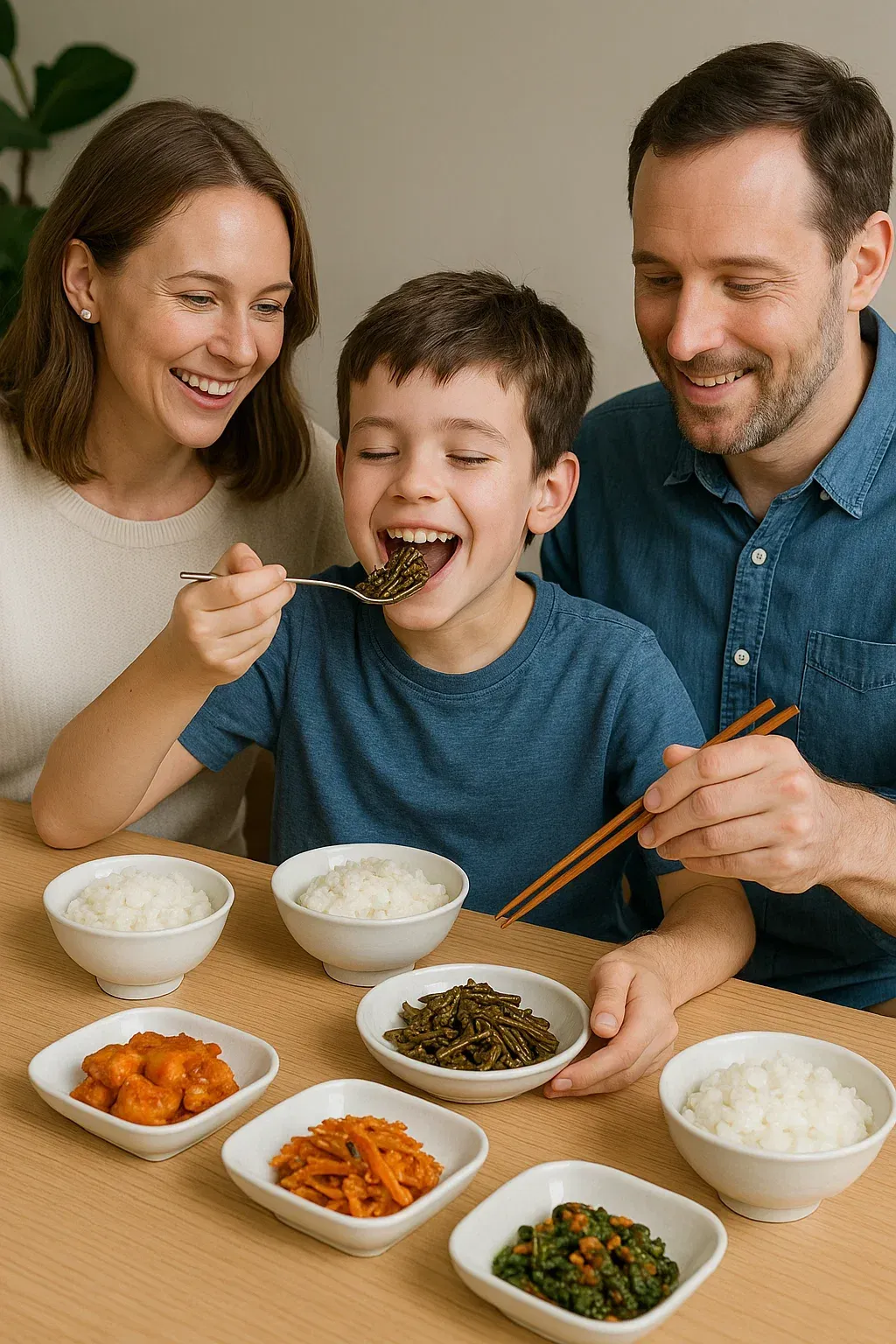
From Forest Floor to Functional Food: A Holistic Guide to Bracken Fern (고사리) in Traditional Medicine
While many medicinal herbs are roots or seeds, some of the most common wild edibles also hold significant therapeutic value. The young fiddleheads of the Bracken Fern , referred to simply as Jue (蕨) in historical Traditional Chinese Medicine (TCM) texts, have long been utilized as a food-medicine, valued particularly for their cooling and detoxifying properties. As a holistic health guide, I emphasize understanding the traditional role of wild foods like Jue in managing internal heat and promoting overall gut health.

Often overlooked in the West, the small, vibrant Adzuki Bean , known in Traditional Chinese Medicine (TCM) as Chi Xiao Dou (赤小豆) , is a revered medicinal food. It is not just a source of protein and fiber; it is a powerful therapeutic tool for managing fluid balance, detoxification, and internal dampness. As a wellness coach, I emphasize the role of diet in systemic health, and Chi Xiao Dou is a superb, gentle ally for anyone struggling with bloat, swelling, or sluggish digestion.
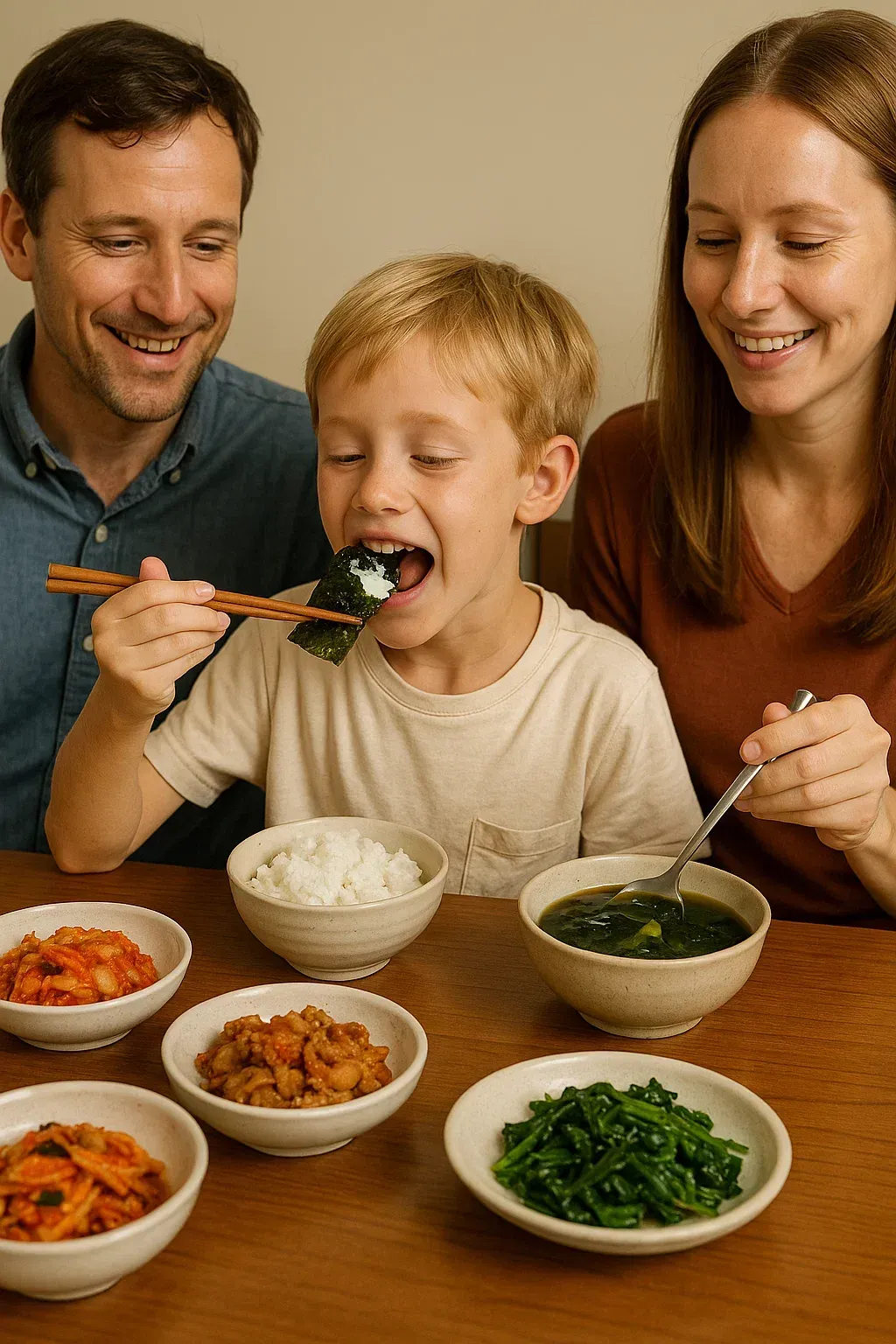
The sea, a source of life and nourishment, offers some of the most concentrated and mineral-rich ingredients in traditional diets. Among these, Kombu (Kun Bu, 昆布) and Ecklonia Cava (Gan Tai, 甘苔) —both types of powerful brown seaweed—have been utilized in Traditional Chinese Medicine (TCM) and Asian coastal communities for millennia. As a dietitian focused on nutrient density and glandular health, I highlight these sea vegetables for their exceptional mineral content and unique bioactive compounds.
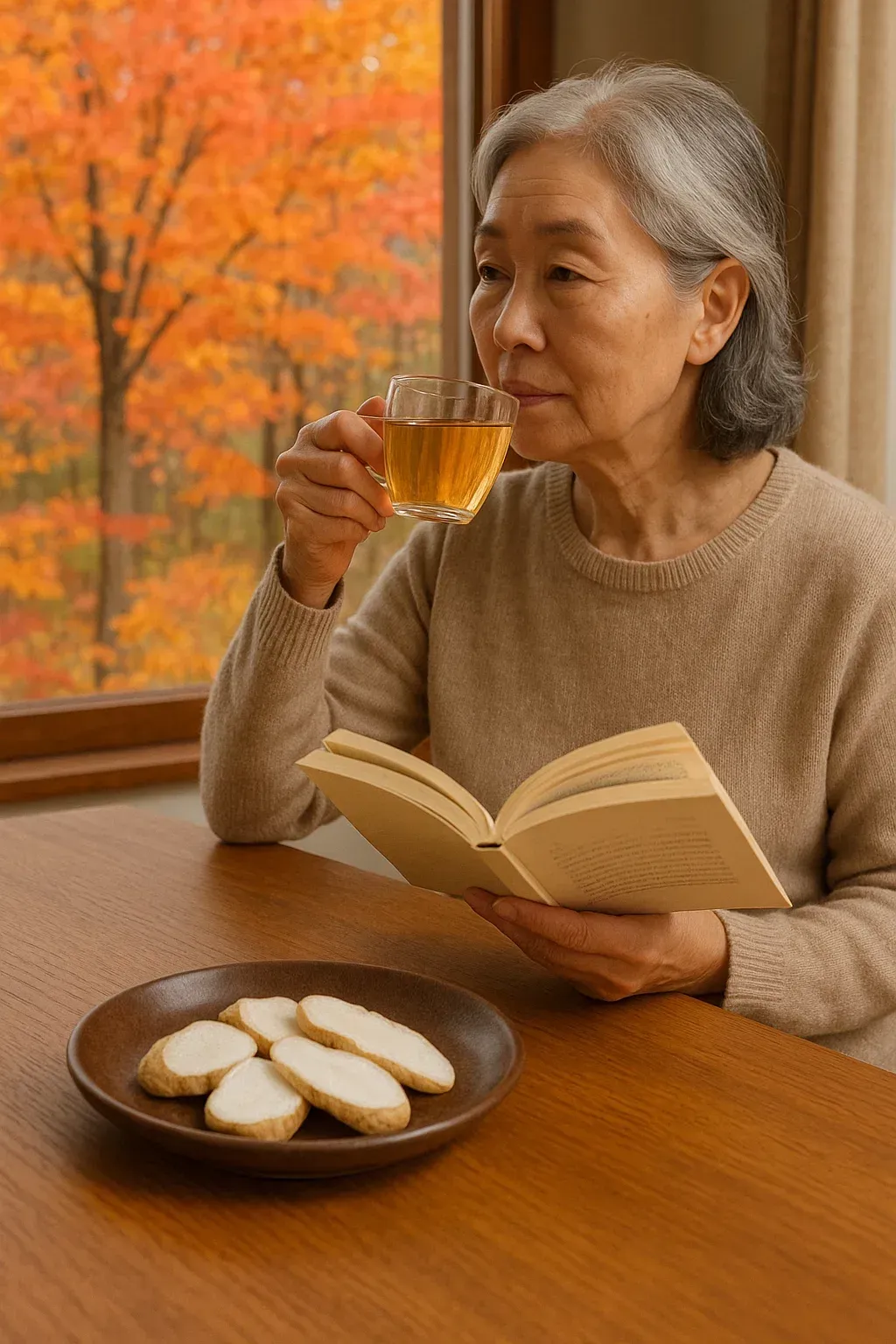
In conditions involving involuntary movements, dizziness, or severe tension headaches, Traditional Chinese Medicine (TCM) seeks to "subdue the wind" – a concept encompassing nervous system hyperactivity and erratic internal movements. The herb most renowned for this critical function is Gastrodia Elata , known as Tian Ma (天麻) . As a neurologist with an interest in integrative therapies, I find the study of Tian Ma compelling due to its documented effects on calming the central nervous system and promoting stable cerebral function.
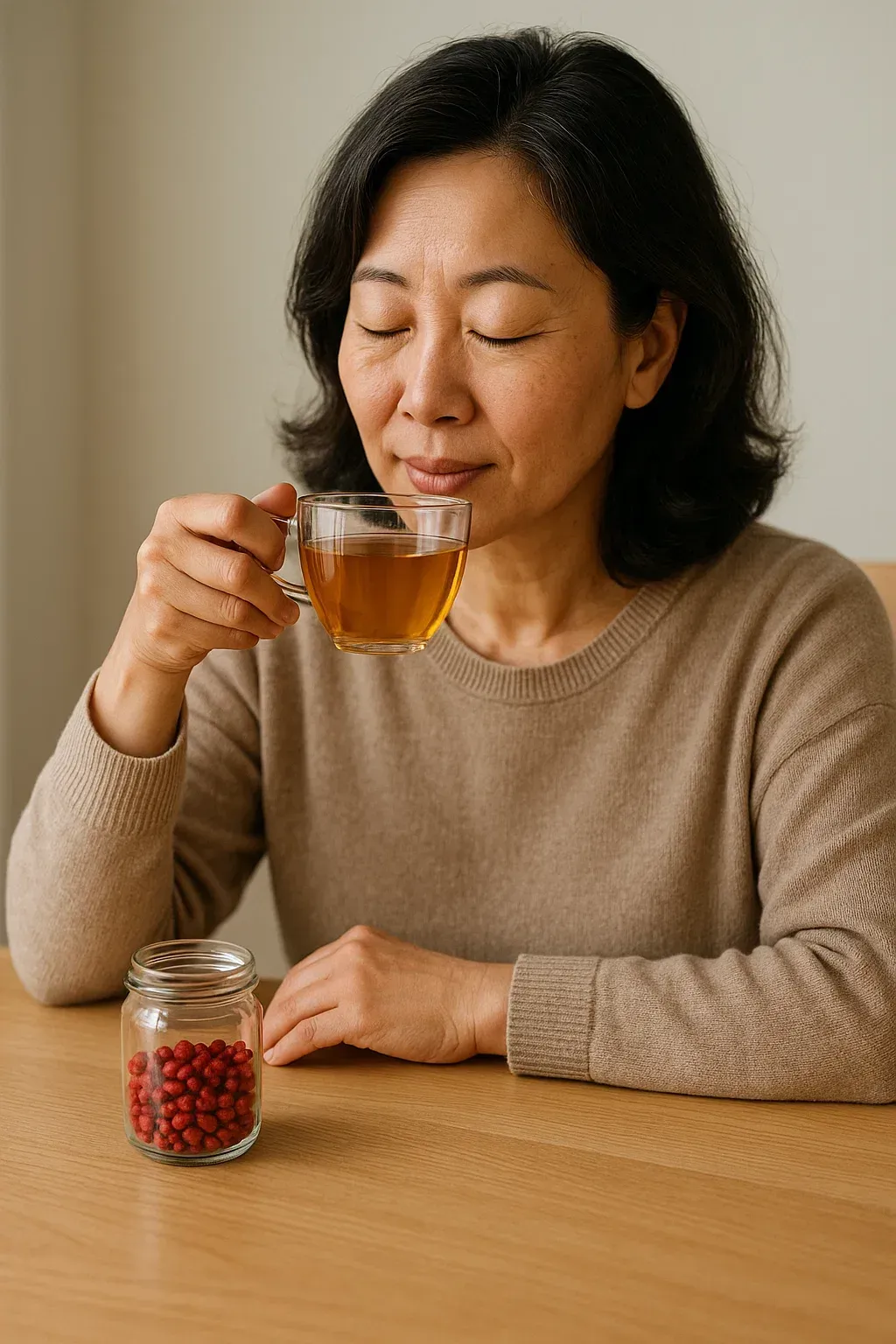
In Traditional Chinese Medicine (TCM), the focus is often on nourishing and building, but sometimes the most critical function is to retain and conserve the body's vital resources. The bright red fruit of the Cornelian Cherry, known as Shan Zhu Yu (山茱萸) , is the master of this essential conservation. As a Urologist specializing in holistic approaches, I see this herb as a foundational tonic for supporting kidney function, reproductive health, and overall endurance.

Few herbs command the respect, study, and legendary status of Ginseng. Within its family, Red Ginseng , known as Hong Shen (紅参) , is considered the gold standard—a profoundly potent tonic created through a meticulous steaming and drying process of the raw root. As a functional medicine doctor, I recognize Hong Shen as one of the most powerful natural tools available for enhancing resilience, boosting deep energy reserves, and supporting neurological health.

